So you know what’s funny?
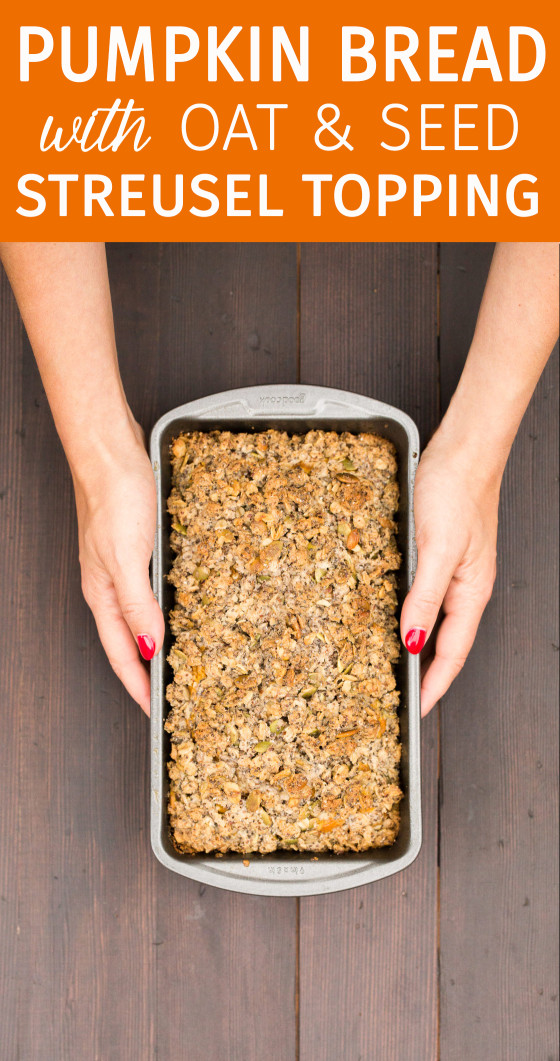
Not this pumpkin bread.
It’s light and cakey! Not crazy sweet, but oh so addicting. The topping, oh the topping. I love a streusel topping. On a muffin, pie, bread, cobbler, you name it. That crumbly topping. Ugh. My fave. This one’s filled with healthy seeds like flax, chia, and pumpkin seeds. Woop! Woop!
But what IS funny is this.
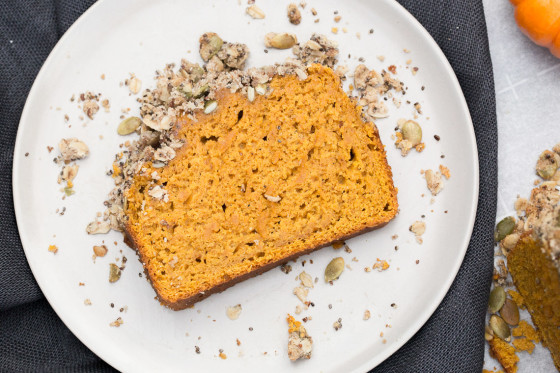
I love food and cooking and eating. And guess what. The population I work with as a registered dietitian? Can’t eat. That’s right they can’t eat. The irony of loving to eat and working all day with people who cannot enjoy the pleasure of eating. Kinda funny, right? In a way, it’s kind of awesome for me because I don’t have to talk about eating and food all day. I don’t want to burn out, and that can happen when your passion and hobby is also your work!
For some of the patients I work with, not being able to eat is temporary. But for some it’s a lifelong state. You know what word I see 95% of my patients diagnosed with? Dysphagia. It’s pronounced “dis-fay-shuh” or as this dictionary would have it, “disˈfāj(ē)ə”. Cause we can all interpret that jargon?! Whaaaat?! Pshhh! I like my phonetic spelling better.
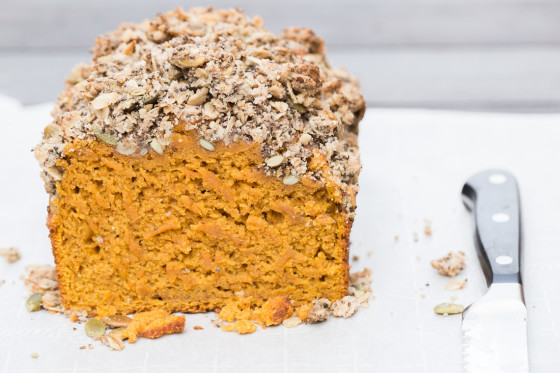
Dysphagia is the inability to swallow. There’s a lot of reasons a person can develop dysphagia. Maybe they had a stroke and lost their ability to control the muscles that control swallowing. Maybe they are having radiation for tongue/ colon/ lung/ or other cancers and some part of their gastrointestinal (GI) tract is being severely irritated to the point where they can’t eat. Maybe they’re a premie or an infant that can’t nurse or take in enough food by mouth yet. There’s so many reasons. But regardless of why a person can’t eat (or eat enough) they can’t. So we help them.
You know what happens when you can’t eat? You still need food. SO, you get a tube that goes into a part of your GI that still functions. Then you put liquified food down the tube to “eat”.
The big term for the type of nutrition I do is enteral nutrition. Enteral nutrition includes any food put into the GI tract – anywhere from the mouth to the colon. For example drinking an oral supplement by mouth is enteral nutrition. I don’t actually handle those patients in my role though. Within enteral nutrition, I solely work with patients who have tubes that place food directly into the stomach or small intestine, bypassing the mouth and esophagus entirely. In contrast to enteral nutrition, the other type would be parenteral nutrition.
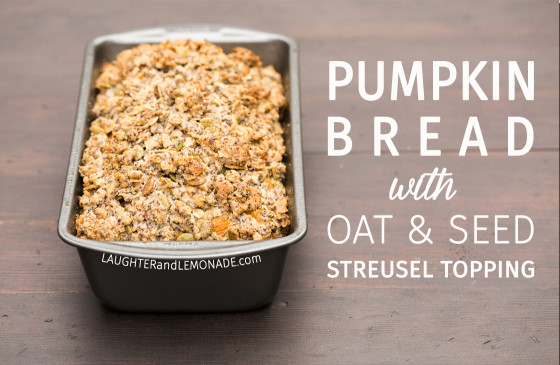
Parenteral nutrition is when you feed a person right into their bloodstream, not into the GI tract. Parenteral nutrition needs to be food in a fully digested form; since it’s not coming in contact with the GI which is what breaks food down, food given parenterally needs to be in a ready-to-absorb state. Normally food would be broken down and absorbed all along the GI and then sent into the bloodstream.
Pretty cool, huh?
No? Just me? Ok. That’s fine. I think it’s soooo interesting.
So as you eat this scrumptious pumpkin bread (or whatever your next meal is), take a moment and do one of my favorite things. Be mindful.
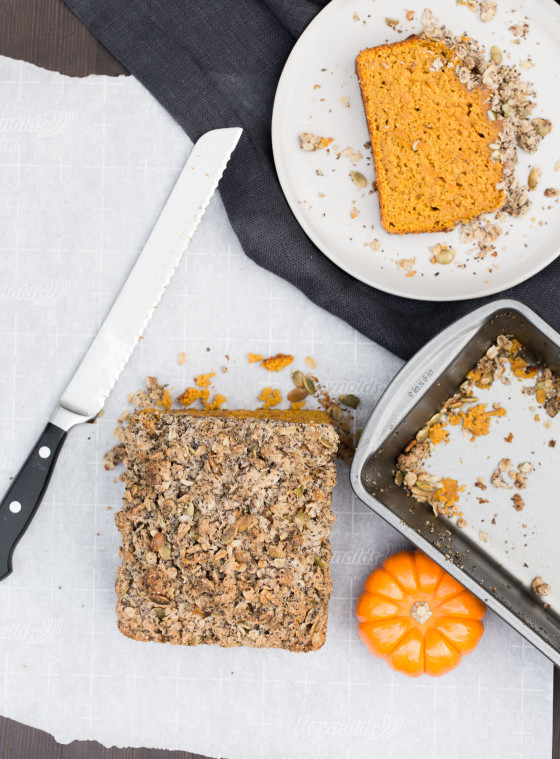
Imagine what it would be like if you couldn’t eat anymore. Even if for a week. As a food lover I can barely imagine it for a single meal. What if you had to sit at the dinner table pouring a nutritional formula down a tube while your family, spouse, friends, or roommates ate dinner? Or went out to dinner. Or had Thanksgiving dinner. Or birthday cake. Imagine you couldn’t enjoy the pleasure and experience that is eating.
How do you eat mindfully? Slow down. Stop. Put your phone away. Turn the TV off. Sit with your food, sit with yourself and enjoy it. Truly enjoy your food. Think about where it came from, how it got to your plate, what it really tastes like, what it feels like. How much you’re enjoying (or not enjoying) it. How full you are. How hungry you are. What textures, smells, and colors are on your plate? Pay attention to these things and you’ll not only eat less but you’ll enjoy it more. Give it a try!
Cause what better to enjoy right now than a delicious pumpkin recipe during pumpkin season?!
- 1½ cups pumpkin puree
- ¼ cup vegetable oil
- ½ cup milk
- 2 eggs
- 1 teaspoon vanilla
- 1¾ cup all purpose flour
- ¾ cup sugar
- 2 teaspoons baking powder
- 1½ teaspoons ground cinnamon
- ½ teaspoon ground nutmeg
- ¼ teaspoon ground cloves
- 1 teaspoon salt
- ¼ cup all purpose flour
- ¼ cup sugar
- ½ teaspoon cinnamon
- ½ teaspoon salt
- ½ cup oats
- ¼ cup raw pumpkin seed kernels (pepitas)
- 2 tablespoons chia seeds
- 2 tablespoons ground flaxseed
- 5 tablespoons unsalted butter, softened at room temperature
- Grease and flour a loaf pan (I used a standard 81/2 x 4½ size pan). Preheat oven to 350 F.
- For the bread, in a medium bowl combine pumpkin through vanilla and mix well. In a large bowl combine the flour through salt and mix well. Add wet ingredients to dry ingredients and stir just until fully combined. Pour batter into prepared loaf pan.
- For the topping, combine flour through flaxseed in a small bowl with a fork and mix well. Add butter and fully combine with fork or use your fingers. Sprinkle topping evenly across the top of the bread batter.
- Bake for 50-60 minutes or until top is browned and a toothpick comes out clean. Cool, slice, and serve!
Have you or someone you know had to use tube feeding before?
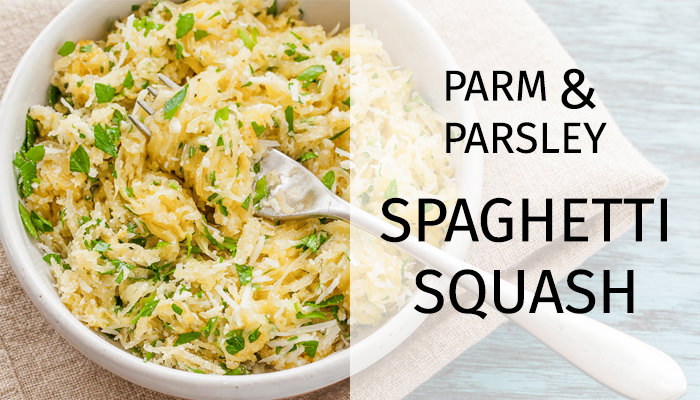
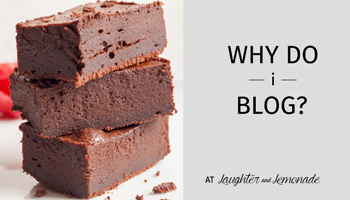
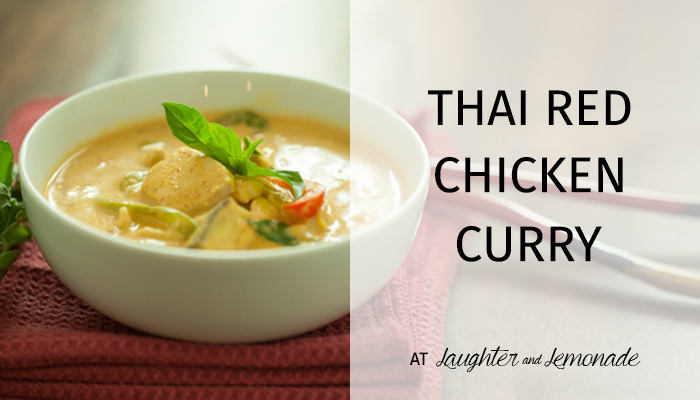

WOW!! Well said! I will try to slow down eating, and try that good-looking recipe 😊
“Langsam”, right?!! 🙂
I used this streusel as the topping for our sweet potato casserole for Thanksgiving this year. It was amazing! We have nut allergies, so cannot use traditional pecans. I also used gluten free oats. Thank you!
Hi Emily, glad to hear you enjoyed the recipe and thanks for the feedback! Hope you had a good thanksgiving.